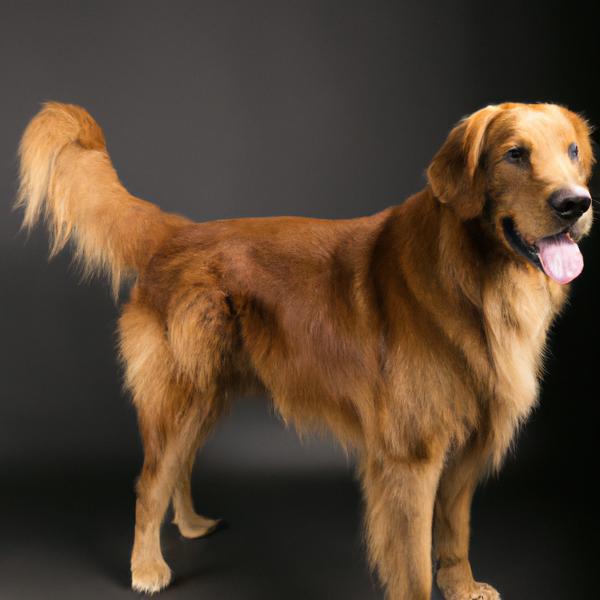Siberian Retriever vs. Labloodhound: Breed Differences and Similarities
Hypoallergenic
Are Siberian Retrievers or Labloodhounds hypoallergenic, or neither?
Unfortunately, neither Siberian Retriever nor Labloodhound are hypoallergenic, which may not make them the best choice for dog lovers who suffer from pet allergies.
Temperament
What are the personalities of Siberian Retriever and Labloodhound dogs?
Playful
Loving
Energetic
Alert
Intelligent
Friendly
Outgoing
Responsive
Affectionate
Loyal
Gentle
Going
Social
Cheerful
Playful
Loving
Stubborn
Independent
Energetic
Alert
Intelligent
Friendly
Responsive
Affectionate
Loyal
Gentle
Going
Social
Outright
Tempered
Cheerful
Shedding Level
Do Siberian Retrievers shed more than Labloodhounds, or which breed sheds more, Siberian Retrievers or Labloodhounds?
Siberian Retrievers are heavy shedders, but regular brushing can help manage shedding and promote a healthy coat.
Labloodhounds are moderate shedders, but regular brushing can reduce shedding and maintain coat health.
Watchdog Ability
Which dog breed makes a better watchdog, the Siberian Retriever or Labloodhound?
Siberian Retriever and Labloodhound are very good watchdogs. They are a vocal breed and are wary of outsiders, so if someone approaches your home or aims to intrude, these breeds are going to make sure everyone knows about it.
Ancestry
What are the origins of Siberian Retriever and Labloodhound breeds?
Siberian Husky and Labrador Retriever
Bloodhound and Labrador Retriever
Breed recognition
Which kennel clubs recognize/register Siberian Retriever and Labloodhound?
DRA = Dog Registry of America, Inc.
ACHC = American Canine Hybrid Club
DDKC = Designer Dogs Kennel Club
DRA = Dog Registry of America, Inc.
IDCR = International Designer Canine Registry®
Date of Birth
When were Siberian Retriever and Labloodhound breeds first developed?
1990s
Unknown
Eye Color Possibilites
What are the eye colors of Siberian Retriever and Labloodhound dogs?
Blue
Hazel
Brown
Amber
Hazel
Brown
Nose Color Possibilites
What are the natural nose colors of Siberian Retriever and Labloodhound?
Black
Brown
Black
Coat Color Possibilites
What are the natural colors of the coat for Siberian Retriever and Labloodhound breeds?
Black
Brown
Gray
White
Cream
Black
Brown
White
Coat Length
What is the typical coat length for Siberian Retriever and Labloodhound breeds?
Siberian Retrievers have coats that can be either short or medium in length.
Labloodhounds have short coats.
Coat Density
What is the density of the coat of Siberian Retriever and Labloodhound?
Coat Texture
What is the hair texture of Siberian Retriever and Labloodhound?
Straight
Litter Size
What is the usual litter size for Siberian Retriever and Labloodhound?
Siberian Retriever and Labloodhound, can have a litter of 5-10 puppies each on average. Nonetheless, it's important to keep in mind that litter size can differ significantly between individual dogs. Various factors such as the mother's health, breeding history, and genetics can have an impact on litter size.
Adaptability
Siberian Retrievers are highly adaptable and versatile, making them excellent companions for families and individuals of all lifestyles.
Labloodhounds are known for their adaptability and can adjust well to different environments and lifestyle changes.
Health Issues
Between Siberian Retriever and Labloodhound, which breed is more prone to health problems?
While the Siberian Retriever breed is generally healthy, occasional vet check-ups are still necessary to address any health concerns.
Labloodhounds typically have low vet costs due to their good health, but it's important to monitor their health and seek vet care when necessary.
Major Concerns
What are the major health concerns for Siberian Retriever and Labloodhound breeds?
Canine Hip Dysplasia
Eye Problems
Skin Diseases
Gastric Torsion
Progressive Retinal Atrophy (PRA)
Minor Concerns
What minor health issues should be kept in mind when owning Siberian Retriever and Labloodhound?
Degenerative Myelopathy
Arthritis
Entropion
Ectropion
Elbow Dysplasia
Hip Dysplasia
Epilepsy
Occasional Tests
What occasional tests are recommended for Siberian Retriever and Labloodhound breeds?
Eye examination
Urinalysis
Neurological Examination
Blood Count
Complete Physical Examination
X-Rays
CT or MRI scan
Urinalysis
Complete Blood Count
Chemical Analysis
Ophthalmic Examination
Physical and Neurologic Examination
Energy
How do the energy levels of Siberian Retrievers and Labloodhounds compare?
Siberian Retrievers' high energy levels make them unsuitable for a low-key dog, choose accordingly.
Labloodhounds are suitable for those with a balanced lifestyle as they have an average energy level.
Social Needs
Siberian Retriever vs Labloodhound social needs comparison
Siberian Retriever has above average social needs and thrives with interaction with humans and other dogs.
Labloodhound has very high social needs and requires regular mental and physical stimulation, a job or purpose, and companionship.
Exercise Needed
Siberian Retriever vs Labloodhound exercise need comparison.
The Siberian Retriever and Labloodhound breeds need a high level of physical activity to maintain a healthy lifestyle. They also make great companions for people who lead an active lifestyle and enjoy running, hiking, or other outdoor activities. These breeds are not suitable for people with a sedentary lifestyle or those who live in small apartments.
Sleeping Need
Which of the two sleeps the most/least: Siberian Retriever or Labloodhound?
Siberian Retriever and Labloodhound are active dogs that may not require as much sleep as other breeds. However, they still need enough sleep to stay healthy.
Tendency to Bark
Do Siberian Retrievers or Labloodhounds bark more/less frequently?
Siberian Retrievers bark moderately when necessary and may also bark due to certain triggers like fear, alarm, boredom, greeting, separation anxiety and compulsive barking.
The Labloodhound is a vocal breed that frequently barks and howls, and may not be suitable for those seeking a quiet companion.
Mouthiness
Mouthiness Comparison: Siberian Retriever vs Labloodhound?
Roaming urge
Siberian Retriever vs Labrador: Running away tendency?
Prey Drive
Siberian Retriever or Labloodhound - which breed has a higher level of prey drive?
Past times
What are some enjoyable activities and ways to keep Siberian Retriever and Labloodhound entertained?
Walking, Running, Swimming, Fetch, Run, Hiking, Hide the treat, Tug-of-war, Wrestling, Jogging, Walking, hiking, Chase, Camping, Dog Parks, Walk, Runs, Long walks
Walk, Run, Play, Swim, Tug-of-war, Fetch, Frisbee
Activity Level
Which breed has higher energy, Siberian Retrievers or Labloodhounds?
Siberian Retriever and Labloodhound are high-energy dogs that require a lot of mental and physical exercise. Without proper stimulation and attention, these breeds can become problematic. If you're considering these breeds, be prepared to invest time and effort in their exercise and training.
Tolerance of being left alone
Walks per Week
How many miles should Siberian Retriever or Labloodhound walk each week?
There's really no limit to how far you walk your dog as long as they're comfortable. For Siberian Retriever, it's at least 14 miles / week. Just remember to build distance and stamina gradually over time.
There's really no limit to how far you walk your dog as long as they're comfortable. For Labloodhound, it's at least 20 miles / week. Just remember to build distance and stamina gradually over time.
Activity per Day
Do Siberian Retrievers or Labloodhounds require more exercise?
Both Siberian Retriever and Labloodhound typically require a minimum of 60 minutes of exercise each day. The exercise can be spread throughout the day and may involve high-energy activities like walking, running, and playing.
Grooming
Which breed is easier to maintain in terms of grooming, Siberian Retrievers or Labloodhounds?
Siberian Retriever and Labloodhound are breeds of dogs that are known for their low grooming needs.
Brushing Frequency
What is the recommended brushing frequency for Siberian Retriever and Labloodhound dogs?
Ideally, Siberian Retriever should be brushed at least 2 or 3 times a week (preferably daily) improve shedding.
Labloodhound should be brushed at least once a week. Of course you can give them more frequent brushes if you find that they are still shedding a lot
Brushing Tools
What brushing tools are used for Siberian Retrievers and Labloodhounds?
Pin Brush
Comb
Deshedder
Nail Clipper
Pin Brush
Comb
Nail Clipper
Cups
How much food should be given to Siberian Retriever or Labloodhound in cups?
For an average 45-60 pound (20 - 27 kg) Siberian Retriever feed 2.5 cups daily. But, keep in mind, the amount you feed is going to be dependent on the quality of the food you are feeding.
For an average 75-105 pound (34 - 48 kg) Labloodhound feed 3 cups daily. But, keep in mind, the amount you feed is going to be dependent on the quality of the food you are feeding.
Daily Cost
Which breed has a higher daily cost, Siberian Retriever or Labloodhound?
The average cost of a Siberian Retriever is somewhere $1.70 - $2.00 per day.
The average cost of a Labloodhound is somewhere $2.10 - $2.70 per day.
Monthly Cost
Which breed has a higher monthly cost, Siberian Retriever or Labloodhound?
The average per month expenses of a Siberian Retriever is between $48 - $63. This makes an average of $576 - $756 per year. It will be on the higher side when the dog is still small because it will need more frequent visits to the vet, shots.
The average per month expenses of a Labloodhound is between $55 - $73. This makes an average of $660 - $876 per year. It will be on the higher side when the dog is still small because it will need more frequent visits to the vet, shots.
Intelligence
Comparing Intelligence: Siberian Retrievers vs Labloodhounds
Siberian Retriever is a very intelligent and trainable breed.
Labloodhounds are average in obedience intelligence but have a high IQ and may cause trouble if left unsupervised.
Sensitivity Level
How do Siberian Retriever and Labloodhound compare in sensitivity?
These dog breeds are particularly attuned to its environment and the emotions of those around it. Siberian Retriever and Labloodhound can be easily overwhelmed by loud noises, new environments, unfamiliar people, or animals. This dog breed is best suited for individuals or families who are patient, gentle, and understanding of its sensitive nature. It may also benefit from a calm and stable home environment, with a consistent routine and plenty of positive reinforcement training.
Affection Dependance
Which is the more affectionate dog breed: Siberian Retriever vs Labloodhound?
Apartment Friendly
Which breed is more apartment-friendly: Siberian Retriever or Labloodhound?
It's not recommended to keep Siberian Retriever or Labloodhound in an apartment, but these breeds make good apartment dogs as long as they get to spend a good amount of time outside of the apartment. Dogs of these breeds living in apartments will need plenty of physical exercise and stimulation throughout the day to remain happy and well-behaved.
Child Friendly
Do Siberian Retrievers or Labloodhounds have a friendlier temperament towards children?
The typical characteristics of Siberian Retriever and Labloodhound indicate that this breed of dog is an ideal companion for kids and makes them family pets. Their gentle and protective nature and calm mentality make them gel along quickly with the younger humans.
Senior-friendly
Which dog is more suitable as a pet for the elderly - Siberian Retriever or Labloodhound?
Cat Friendly
Do Siberian Retriever or Labloodhound breeds have a better compatibility with cats?
Siberian Retrievers are average in their friendliness toward cats and tend to do well with them, especially if raised together.
Labloodhounds are very friendly with cats and make great companions for them.
Dog Friendly
Which breed is more sociable with other dogs: Siberian Retriever or Labloodhound?
Siberian Retrievers and Labloodhounds are very friendly towards other dogs. This breed typically have a happy and affectionate temperament around dogs.
Pet friendly
How do Siberian Retriever or Labloodhound dogs interact with other pets?
Stranger Friendly
Which breed is more friendly with strangers: Siberian Retriever or Labloodhound?
Siberian Retrievers are friendly but may bark at strangers, and training is easy due to their intelligence.
Labloodhounds are highly friendly around strangers.
Playfulness
Which breed is more playful between Siberian Retriever and Labloodhound?
Siberian Retriever and Labloodhound are known to be highly playful dogs. So if you're not up for all that, think about adopting slightly older Siberian Retriever and Labloodhound for a mellower experience.
Trainability
How do the trainability levels of Siberian Retrievers and Labloodhounds compare?
Siberian Retrievers are usually easy to train but require consistency to fully obey commands.
The Labloodhound is highly intelligent and eager to please, making it a great choice for both novice and experienced dog owners due to its easy trainability.
Compare Siberian Retriever with other breeds
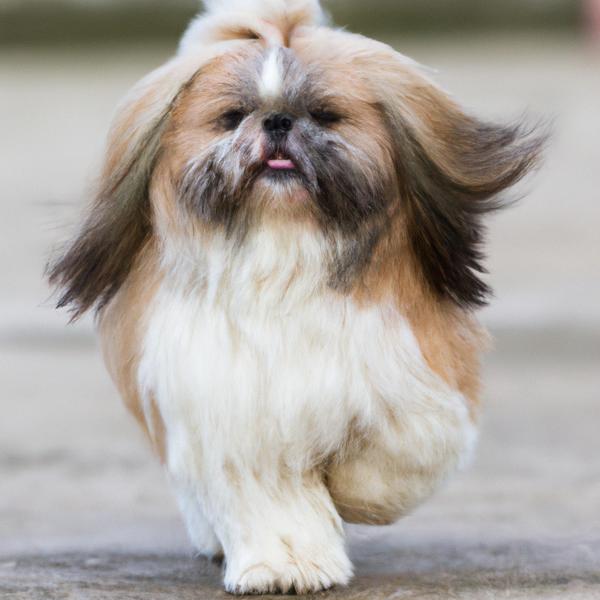
Lhasalier
Siberian Retriever vs Lhasalier
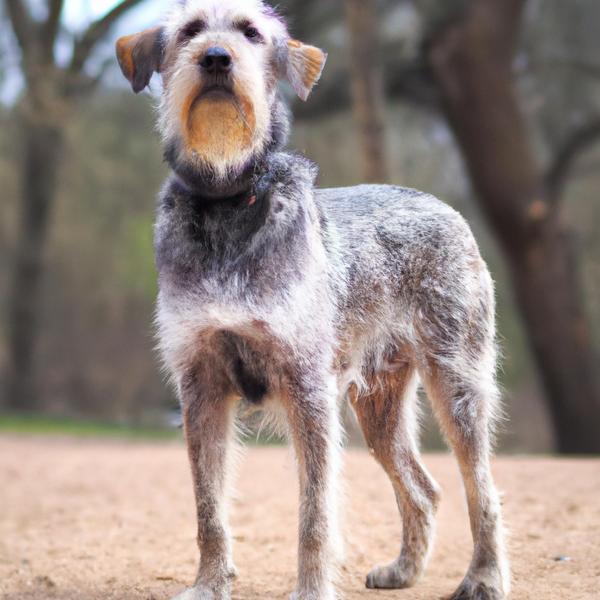
Wowauzer
Siberian Retriever vs Wowauzer
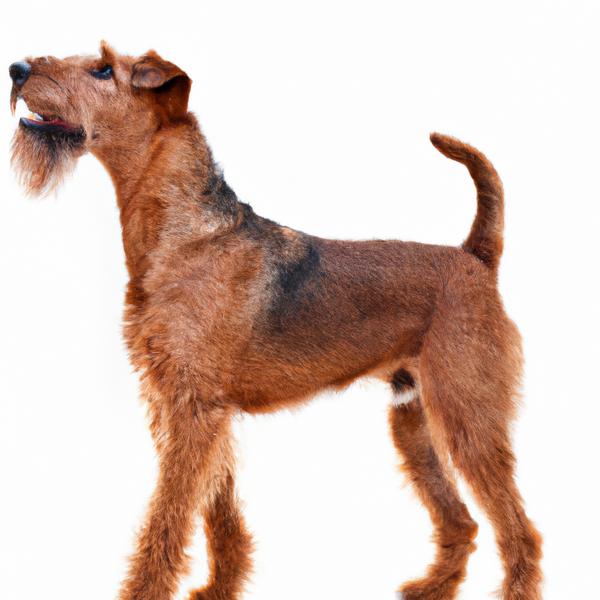
Irish Saint Terrier
Siberian Retriever vs Irish Saint Terrier

Greybull Pit
Siberian Retriever vs Greybull Pit
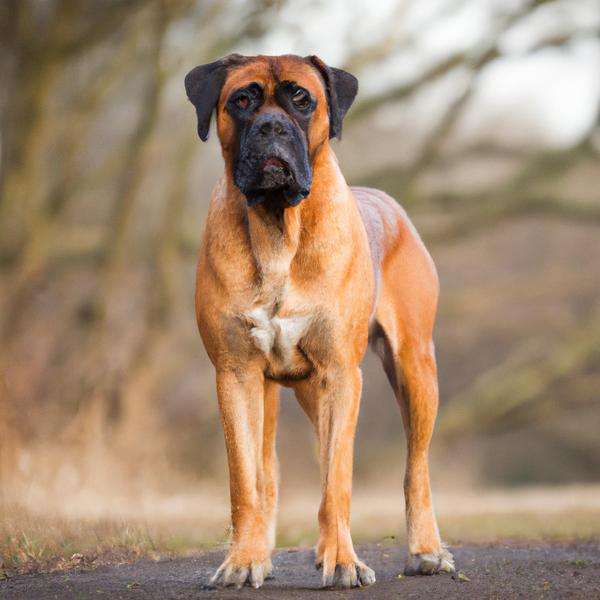
Boerboel
Siberian Retriever vs Boerboel
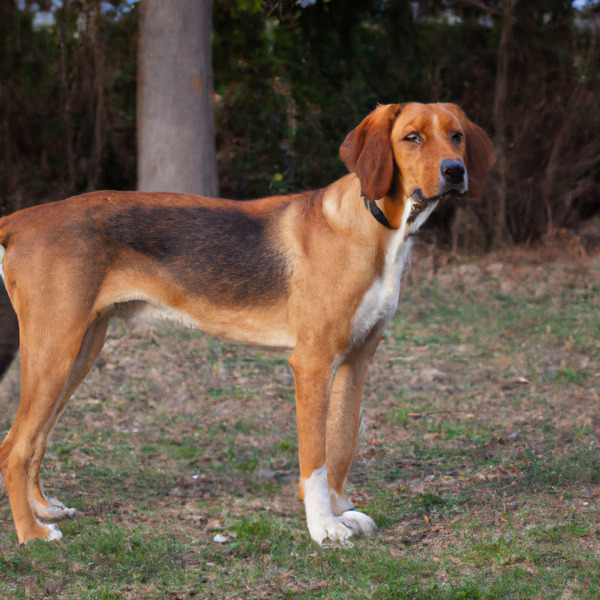
Serbian Hound
Siberian Retriever vs Serbian Hound
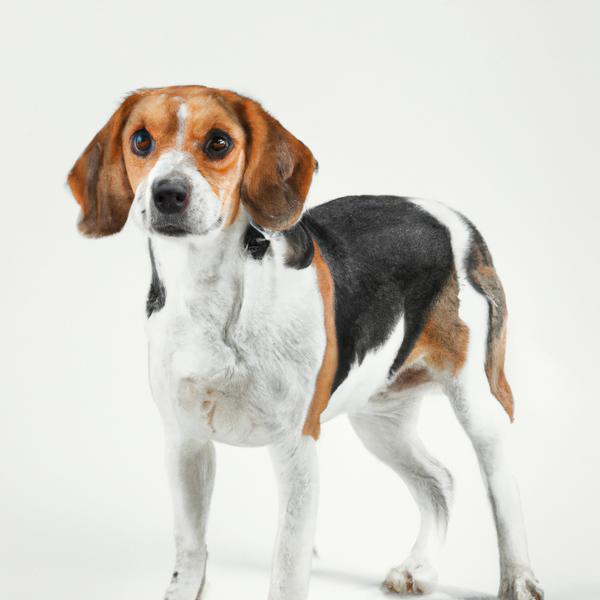
Border Beagle
Siberian Retriever vs Border Beagle
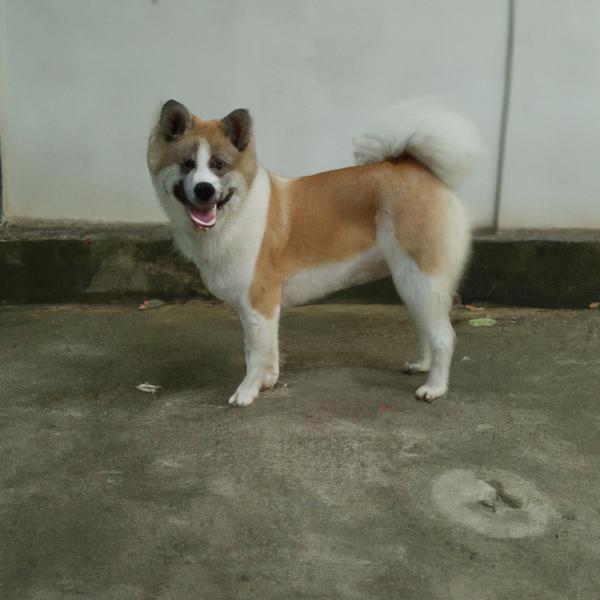
Baskimo
Siberian Retriever vs Baskimo
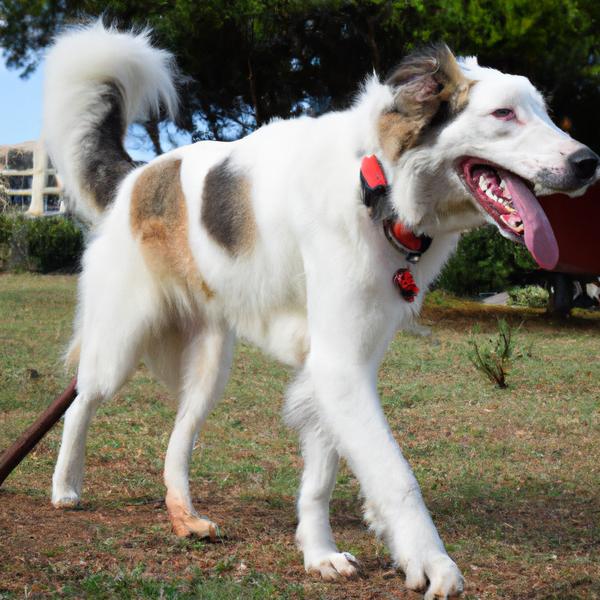
Border Collie Pyrenees
Siberian Retriever vs Border Collie Pyrenees
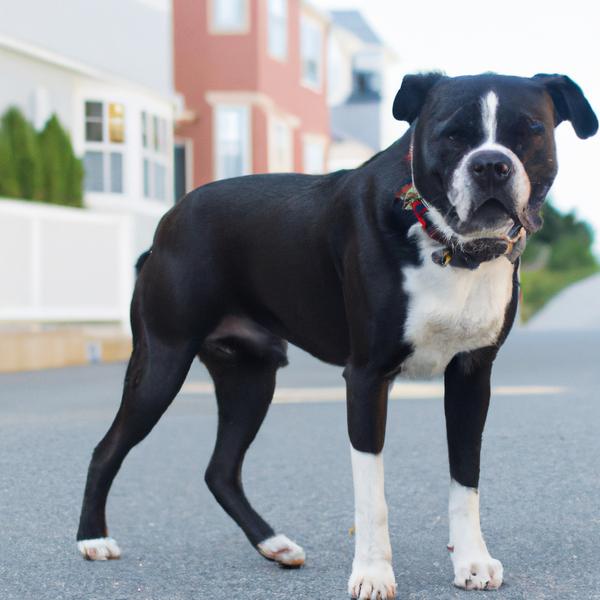
Boston Lab
Siberian Retriever vs Boston Lab
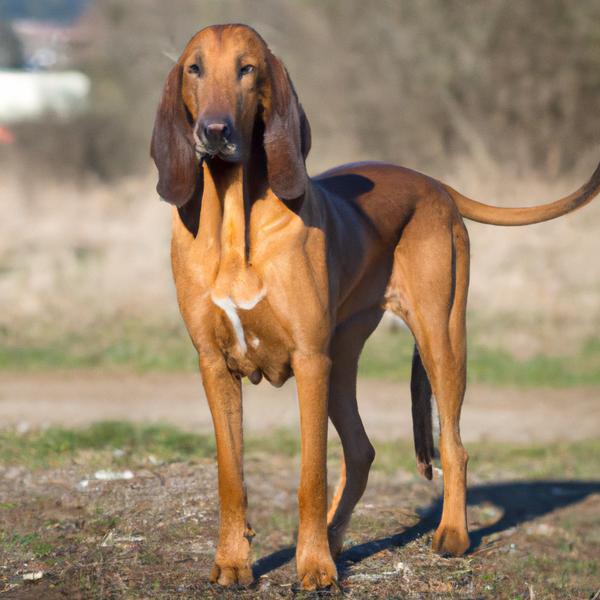
Labloodhound
Siberian Retriever vs Labloodhound
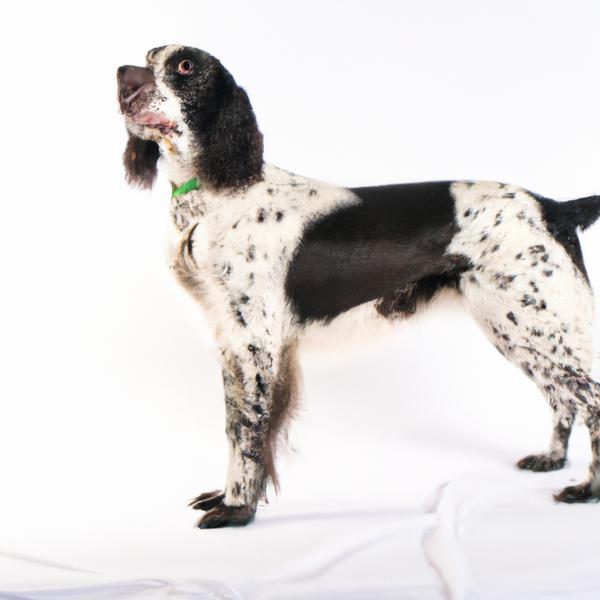
English Spanador
Siberian Retriever vs English Spanador
